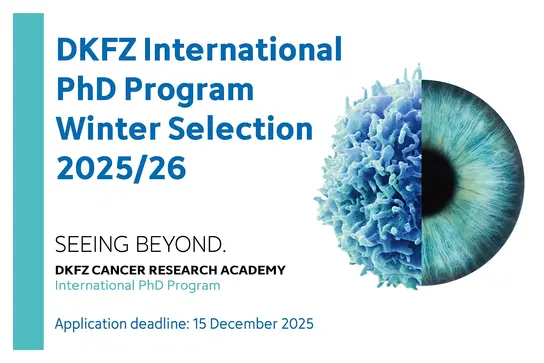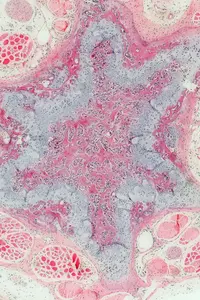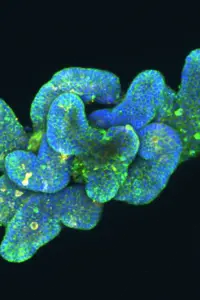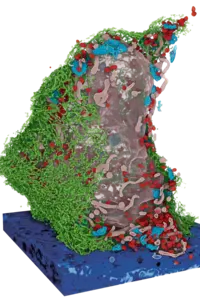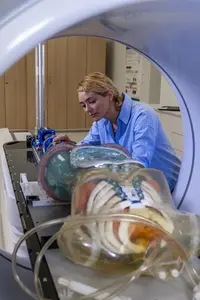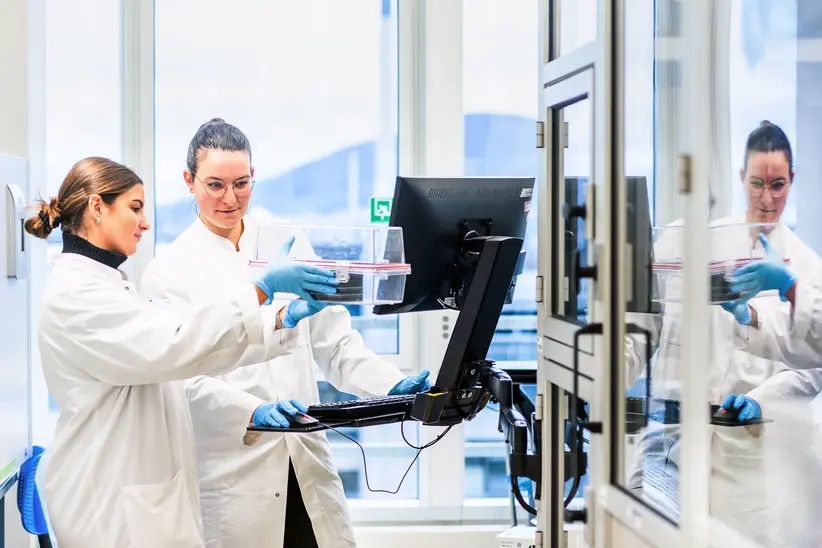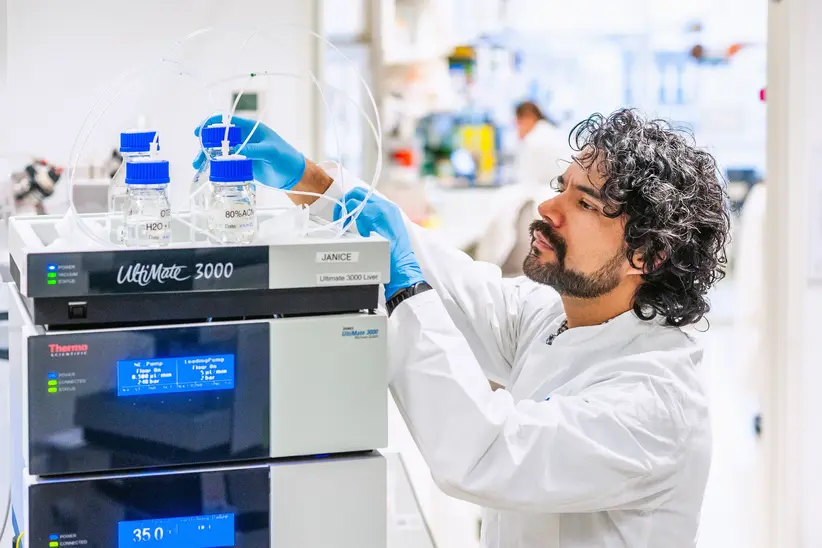Research for a life without cancer
At the DKFZ, we want to ensure that fewer people develop cancer, that cancer can be cured or treated so effectively that those affected can live with the disease and grow old with a good quality of life.
About DKFZ
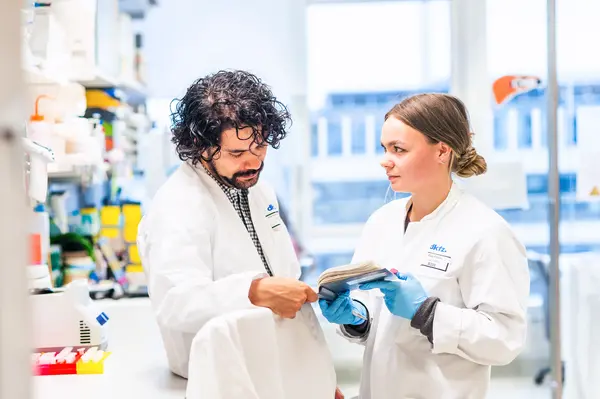
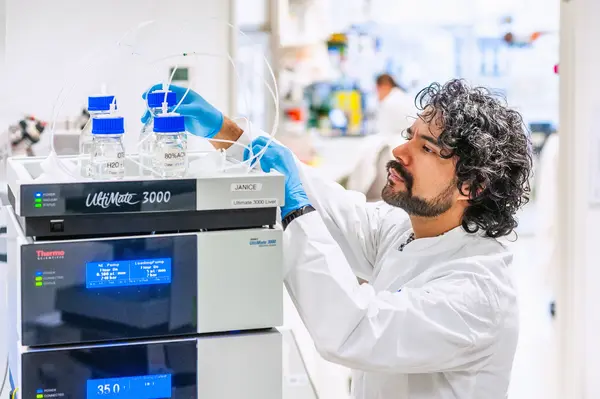
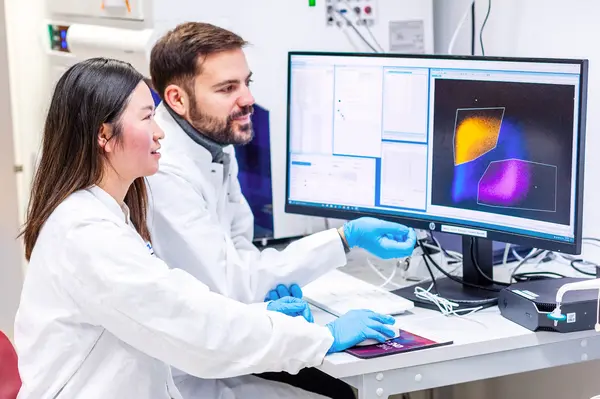
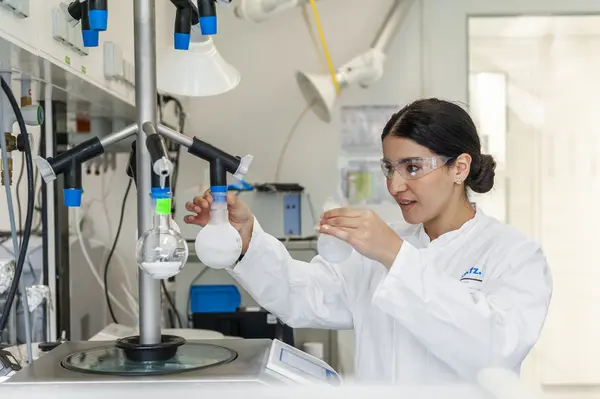
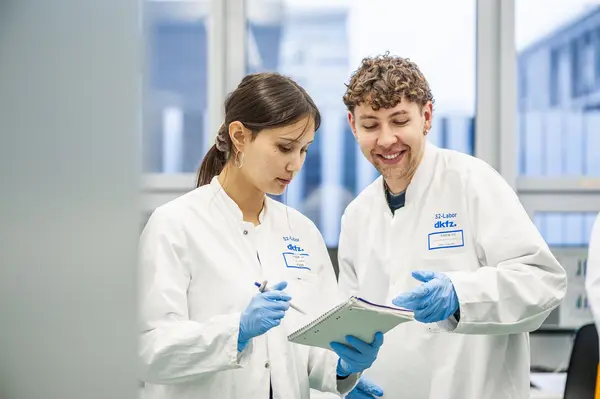
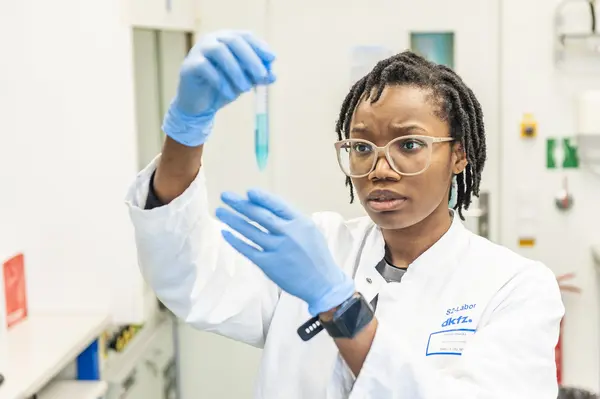
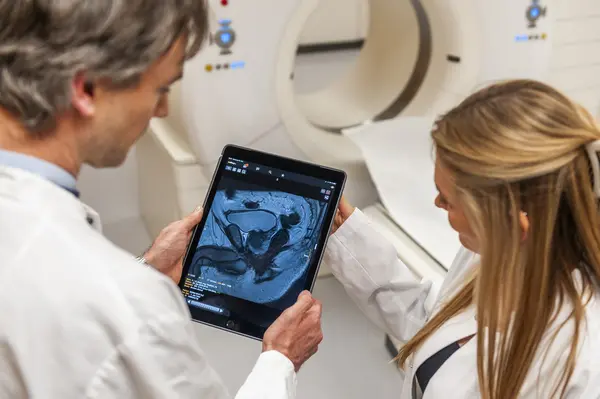
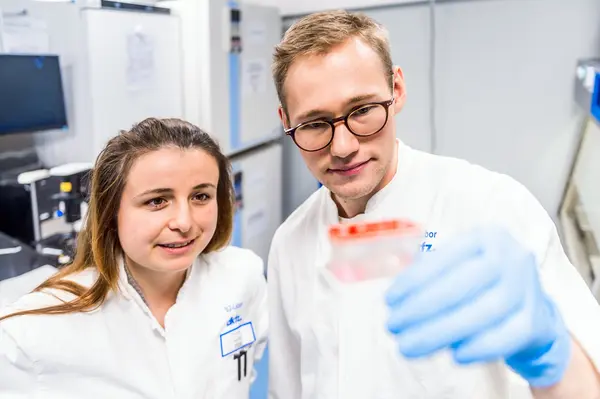
Latest from DKFZ

Physician and cancer researcher Mirco Julian Friedrich from the German Cancer Research Center (DKFZ), the stem cell research institute HI-STEM*, and Heidelberg University Hospital (UKHD) has received two awards for two independent research projects: The Beug Foundation has honored his novel approach to preventing liver metastases with the Metastasis Prize 2025. The Kind-Philipp Research Prize 2025 recognizes Friedrich's research on T cells, which he modifies to better protect them from attacks by natural killer cells. An initial clinical trial is already testing whether this approach can improve the effectiveness of cellular immunotherapies.



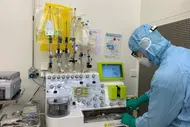



Our research opens doors in the fight against cancer
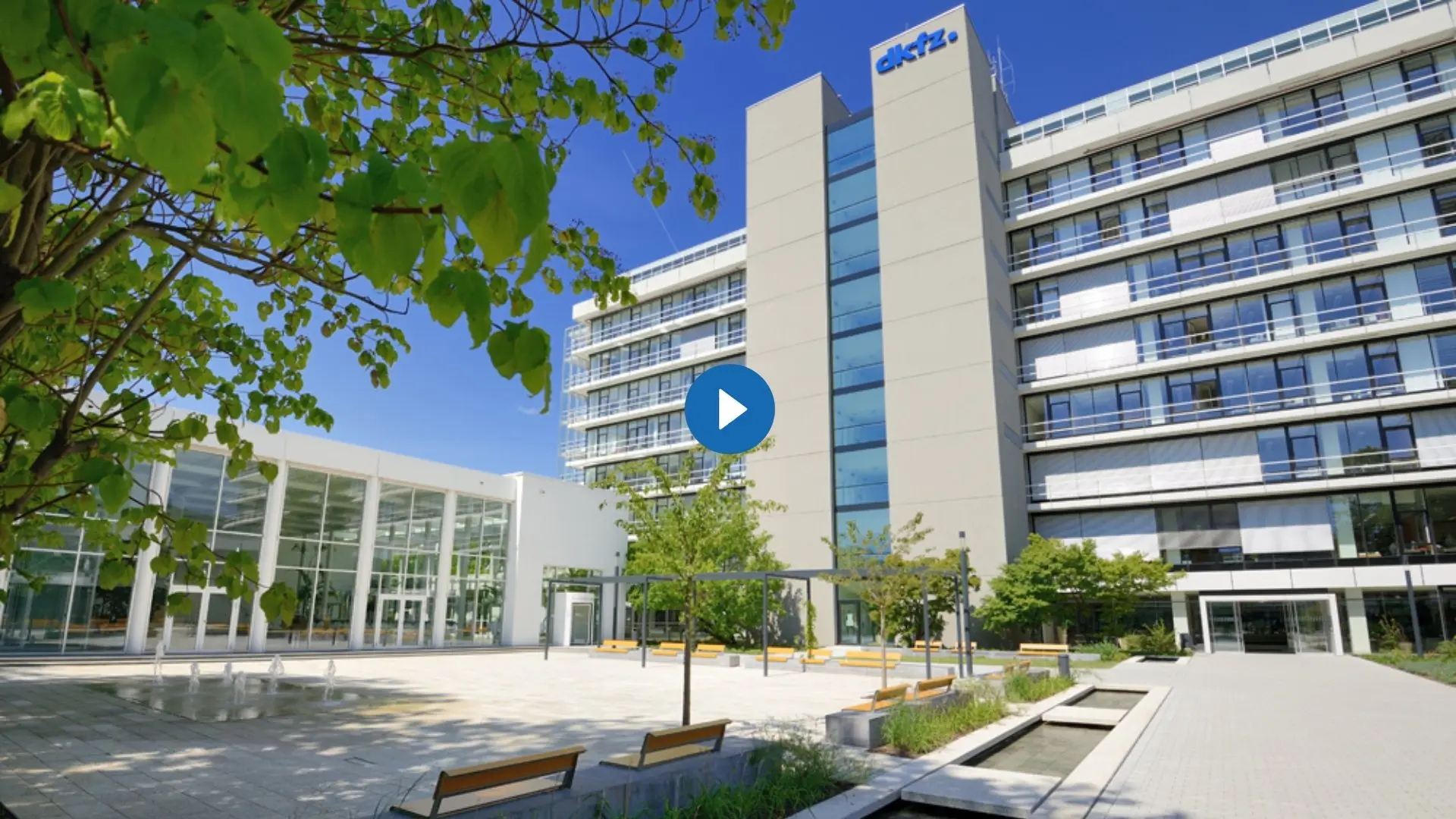

Do you have questions on the topic of cancer?
Let us advise you!
Doctors from the Cancer Information Service answer your questions every day. Find out more now for free!
